Alaskan Bushwheels are a staple in backcountry aviation, especially in remote areas where traditional tires won't make the cut. As demand for these iconic specialized tires increases, so does the market for used ones.
But before you get ready to buy a used set of bushwheels there are a lot of key considerations to keep in mind.
In this guide, we’ll share our expert advice to help you navigate the process of getting a set of used Alaskan Bushwheels on your airplane.

Deciphering Serial Numbers:
Alaskan Bushwheels, also known as ABI, are a type of tire commonly used in aviation for rough and off-field landings. These tires have a unique identification system consisting of 7-digit serial numbers that provide information about their manufacturing date and location.
In the earlier versions, the serial number was preceded by 3 letters—ABI or ATR—indicating the manufacturer: Alaskan Bushwheel Inc. or Alaska Tire and Rubber, respectively.
What does it mean if the Alaskan Bushwheels serial number ends in ATR?
ATR was used to indicate the tire was manufactured by Alaska Tire and Rubber's facility located in Fire Lake, Alaska.
What does it mean if the Alaskan Bushwheels serial number ends in ABI?
In 2000 Bill Duncan purchased Alaskan Bushwheels from Alaska Tire and Rubber and moved production to Joseph, Oregon. Serial numbers ending in ABI indicates they were manufactured by Alaskan Bushwheels Inc in Oregon.
What does it mean if the Alaskan Bushwheels serial number doesn't have a prefix?
After Alaska Gear Company, formally known as Airframes Alaska bought the company and moved production back to Alaska the prefix was dropped.
What are the first four digits of the Alaskan Bushwheels serial number?
The first four digits of the serial number indicate the year of manufacture, followed by the month.
For example, a tire with the serial number 1404XXX would have been manufactured in April of 2014. The earlier models only had 6-digit serial numbers, the first four digits represented the year, and the following two digits indicated the month. For example, a tire with the serial number 910XXX would have been produced in October of 1999.
All tires manufactured before June of 2000 were made prior to certification and cannot be covered by ABI's STC (Supplemental Type Certificate).
Knowing how to read and interpret ABI serial numbers is a big help in maintaining safety standards and understanding the history of these rugged terrain tires.
Significance of the Plant Code
When determining if tires can be used under our Supplemental Type Certificate (STC), there are some points to look at.
The first is the plant code, which can be found in a large block of lettering on the tire along with other important information such as the Technical Standard Order (TSO) number, inflation pressure, and load rating.
The plant code will either read PC7AK or PC7AKO. The "AK" designation signifies that the tire was built in Alaska, while "AKO" indicates it was assembled in either Alaska or Oregon. Only tires with AKO plant codes are eligible for our STC approval.
This distinction is especially relevant when discussing Alaskan Bushwheels, which are known for their specialized design and rugged capabilities in rough terrain.
These bushwheels have to adhere to strict guidelines set by the Federal Aviation Administration (FAA) for use in aircrafts operating in challenging environments.
Evaluating Wear and Tear Signs:
When it comes to Alaskan bushwheels, determining wear and usability can be a tricky task. Unlike regular tires, external signs such as tread depth or uneven wear may not give a completely accurate indication of the tire's condition.
Exposed Cording
The presence of exposed cording or weather checking are things to watch out for. Any exposed cord immediately renders the tire non-airworthy and should be avoided at all costs. While weather checking is not going to be fatal, it still is not preferred and should be closely monitored.
Small Cracks
But what about the small cracks that often appear around the valve stem or letters on the tire? Surprisingly, these are actually pretty normal even in newer tires. They do not necessarily indicate a problem with the tire, but should still be checked regularly.
Bushwheel Lifespan
As for lifespan, Alaskan bushwheels typically last anywhere from 7-12 years. This can vary greatly depending on storage conditions and usage on rough terrain. Make sure to check the manufacture date of your tires to determine their remaining life span.
Understanding STC's:
Alaskan Bushwheels are not interchangeable between aircrafts. Once an STC (Supplemental Type Certificate) is filed for a specific aircraft, it becomes a permanent part of that aircraft's logbook.
If you (the owner) wish to use the tires on another aircraft, you must purchase a new STC for that specific plane.
If the tires meet airworthiness standards and have the correct year of manufacture and plant code, it can be installed using the SA01015SE STC. The serial number for both tires is required in order to issue the STC.
Takeaway
If you are considering purchasing used Alaskan Bushwheels for your aircraft, there are several fundamental points to keep in mind. First and foremost, a thorough inspection matters the most with these specialized tires.
This includes checking serial numbers, wear signs, and any necessary STC's. While it might be tempting to prioritize cost savings when buying used tires, it is important to prioritize safety above anything else. After all, these tires will play a massive role in your aircraft's performance and should not be taken lightly.
Proper maintenance and regular checks will help your Alaskan bushwheels last. Keep an eye out for any exposed cording or weather checking and inspect your tires regularly for signs of wear and tear.
With proper care, your Alaskan bushwheels can continue to serve you in all your amazing off-road adventures.


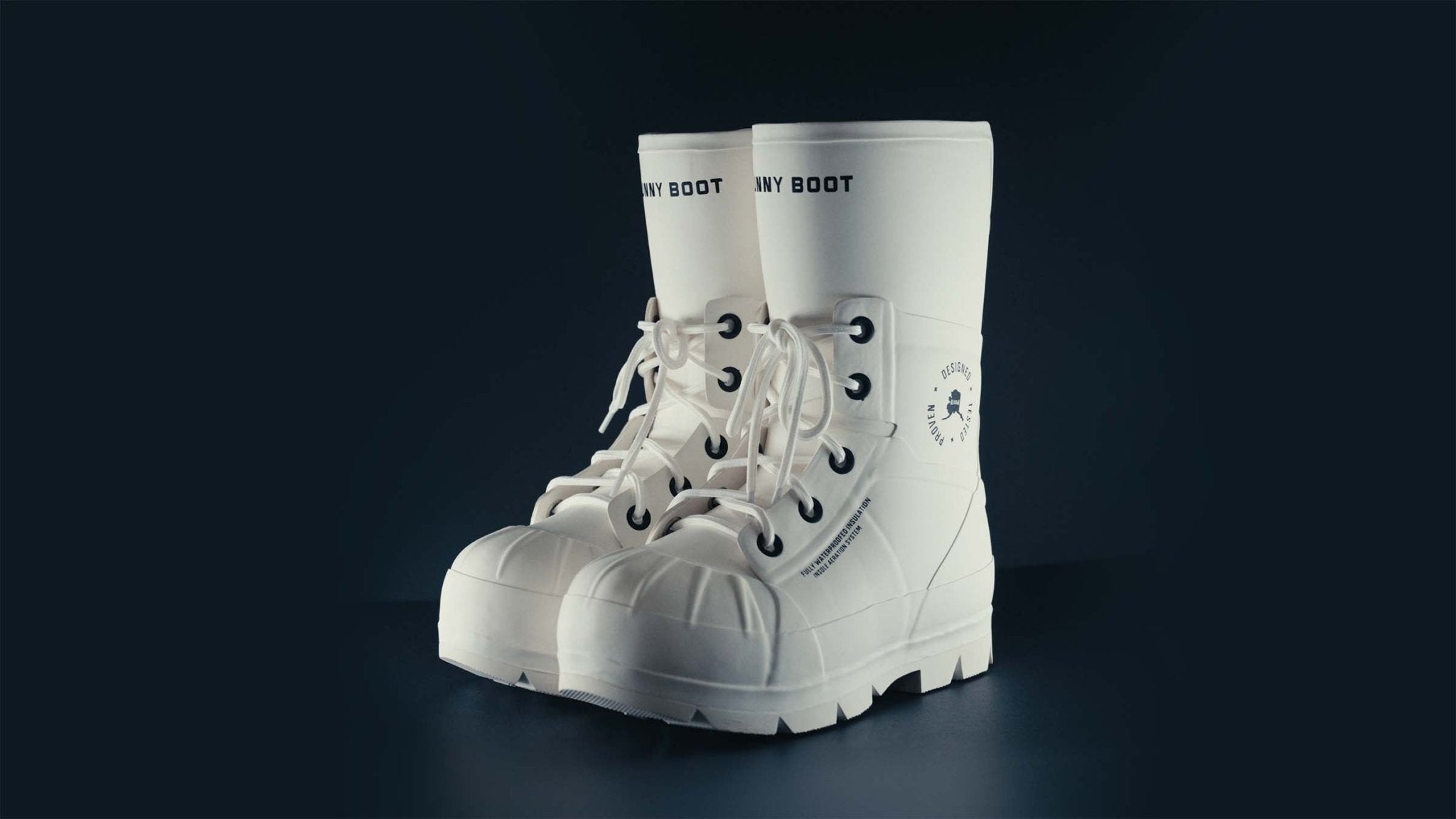



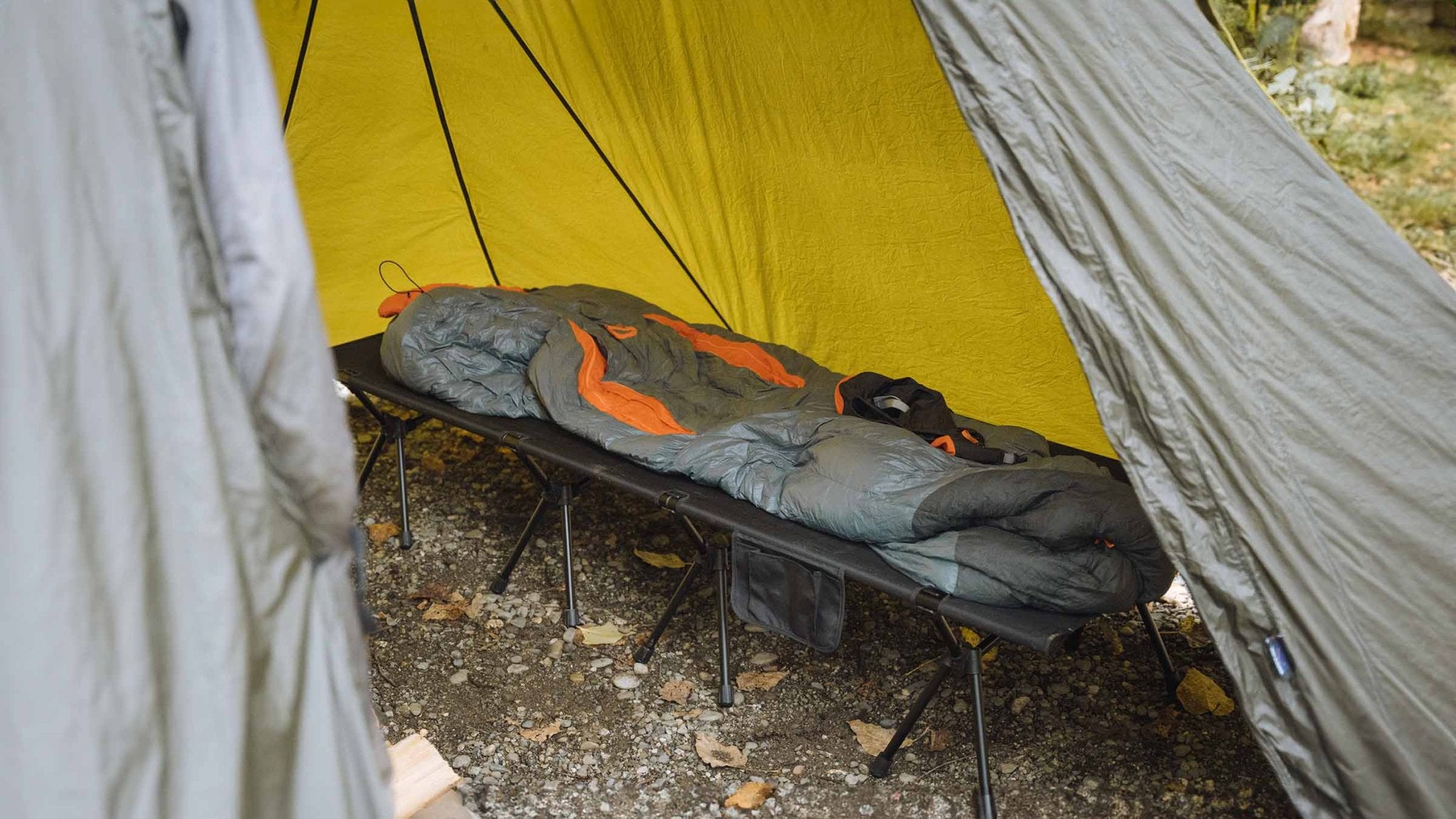
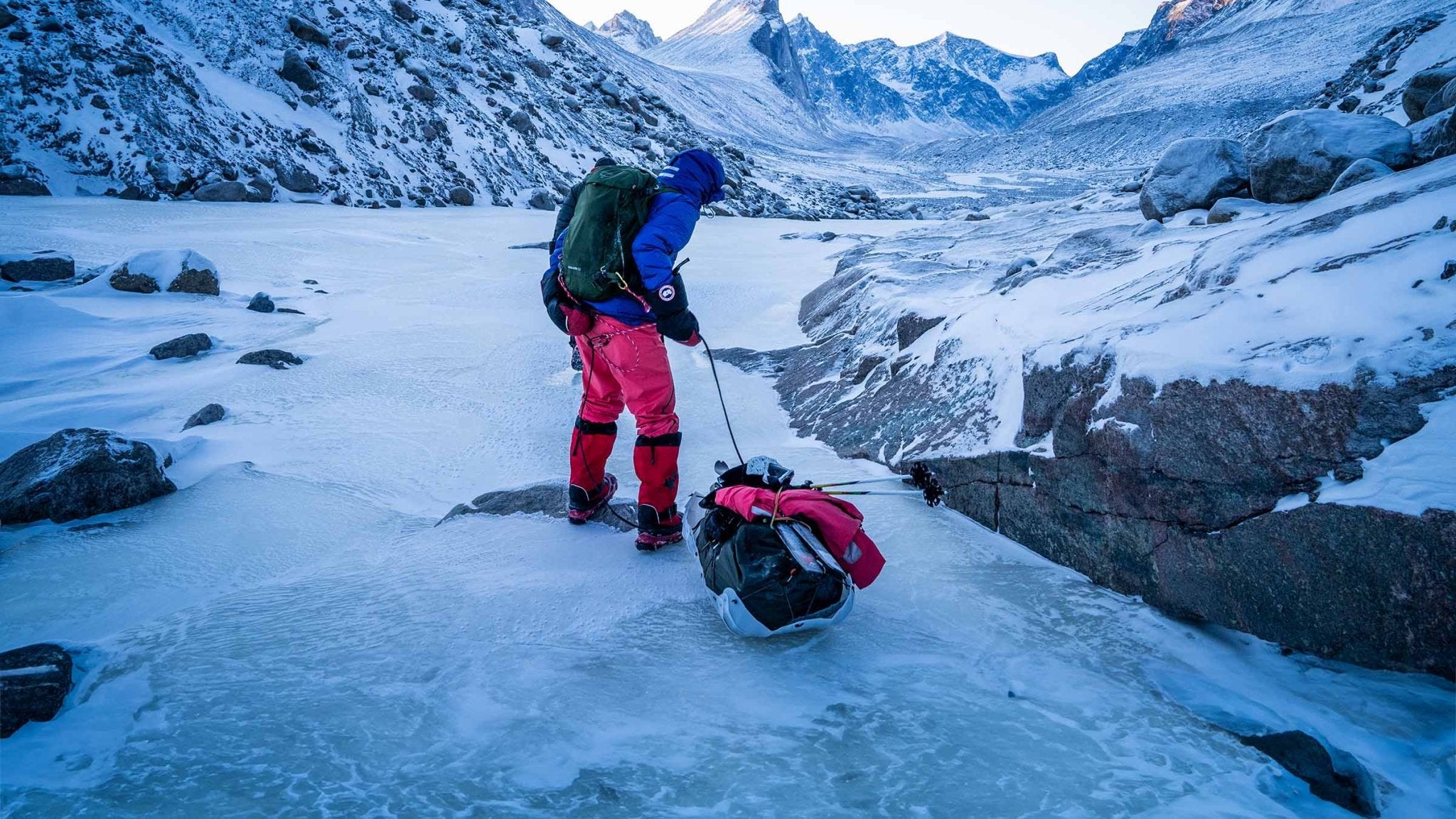


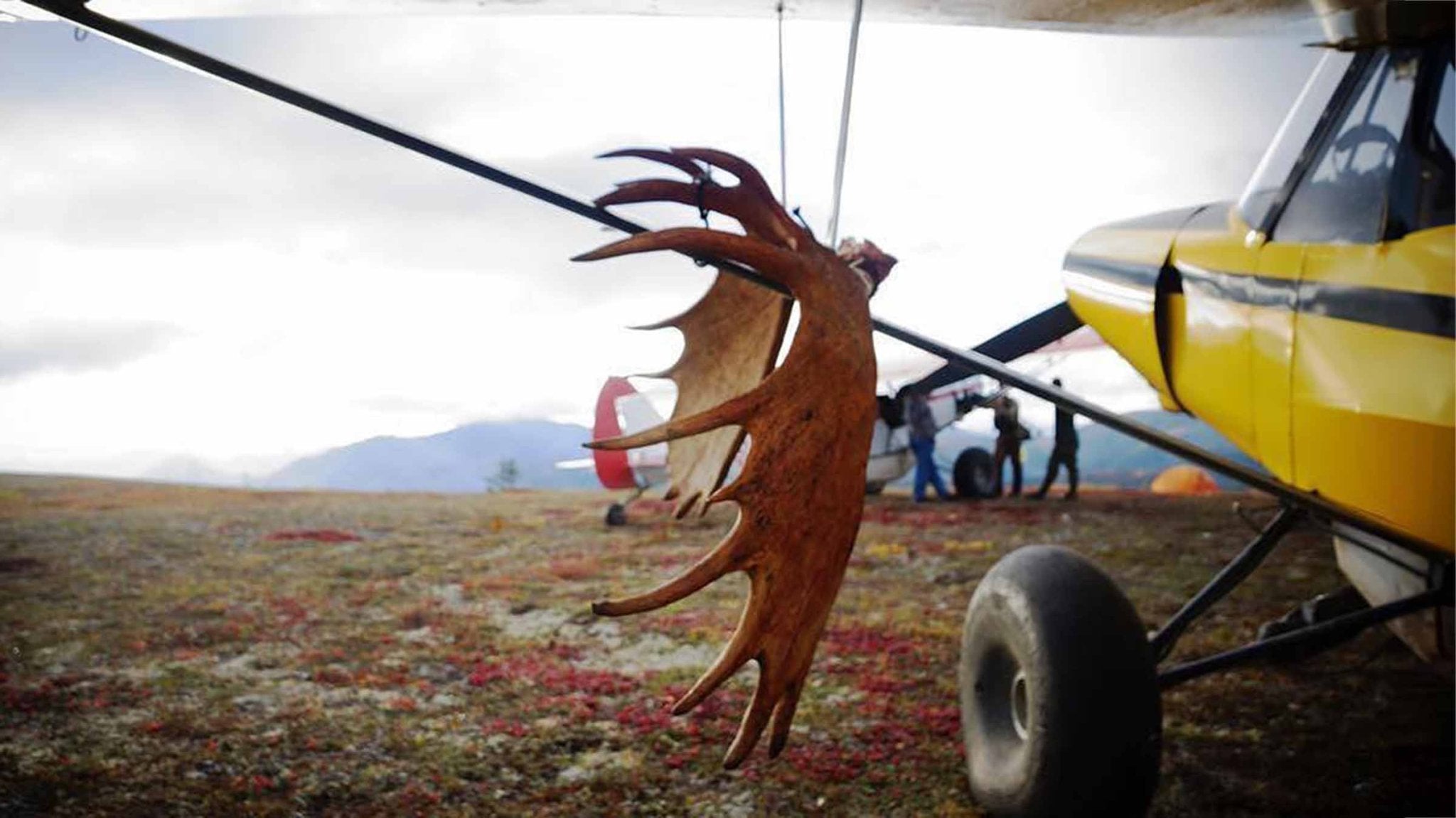
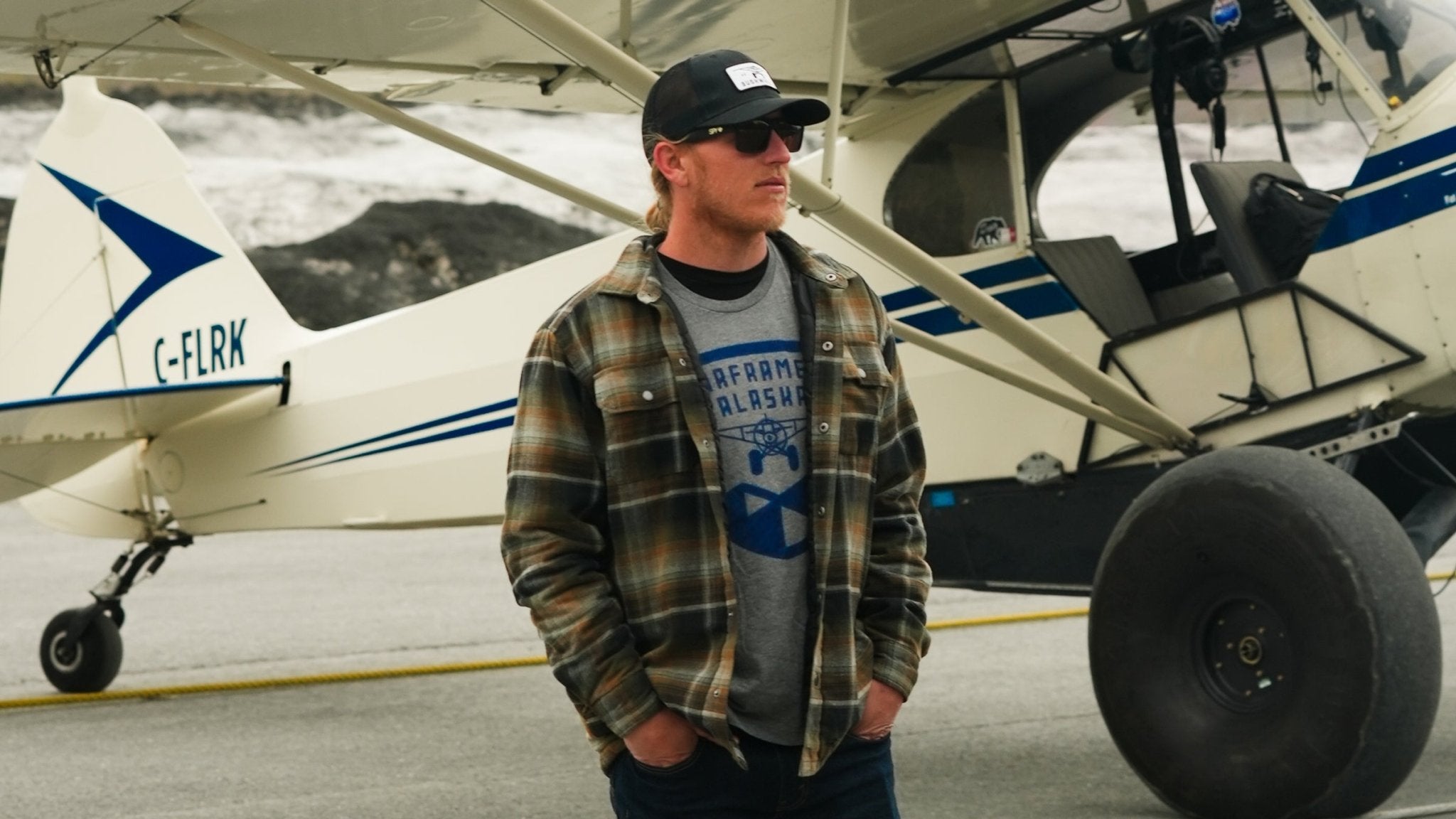

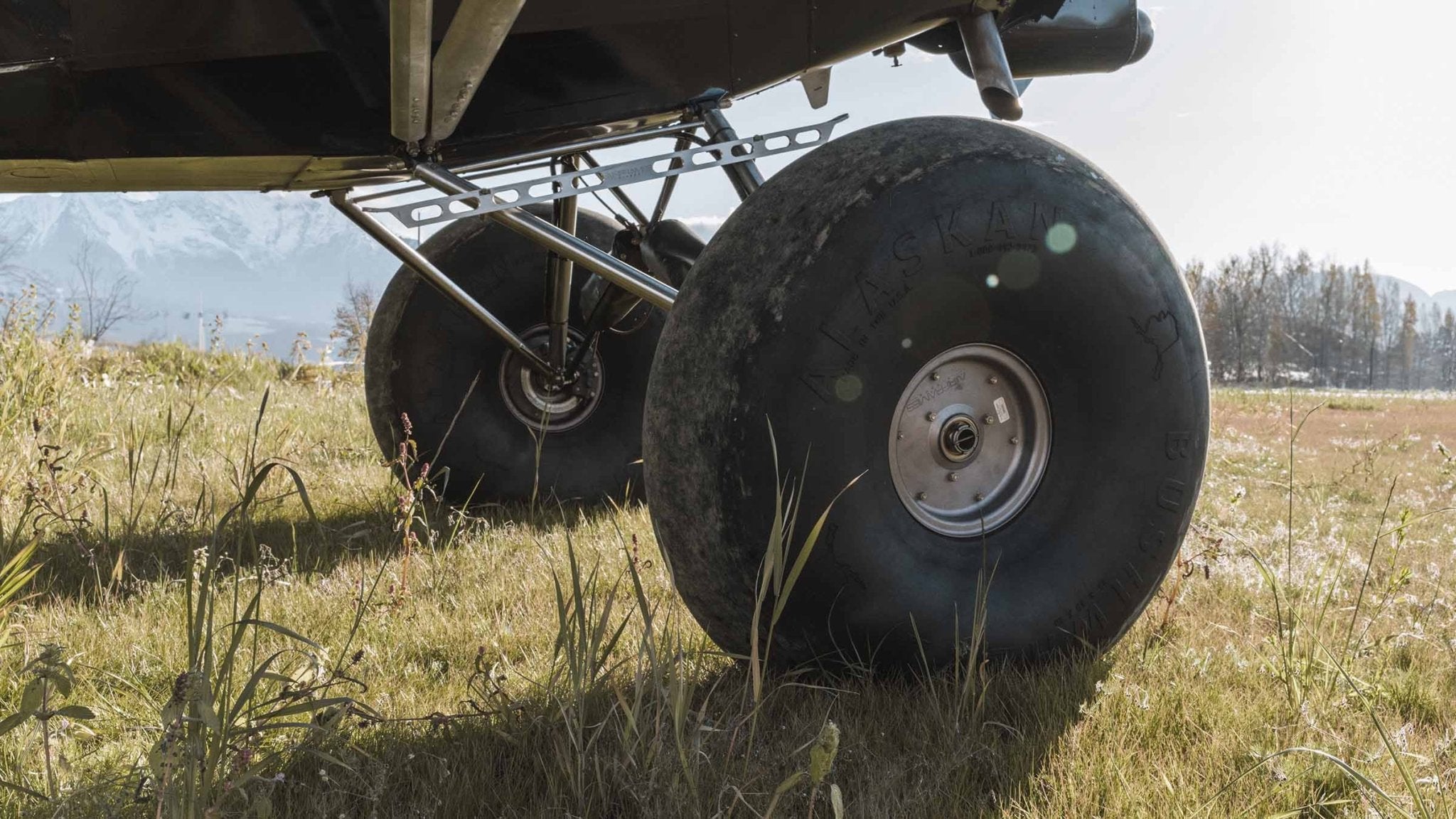
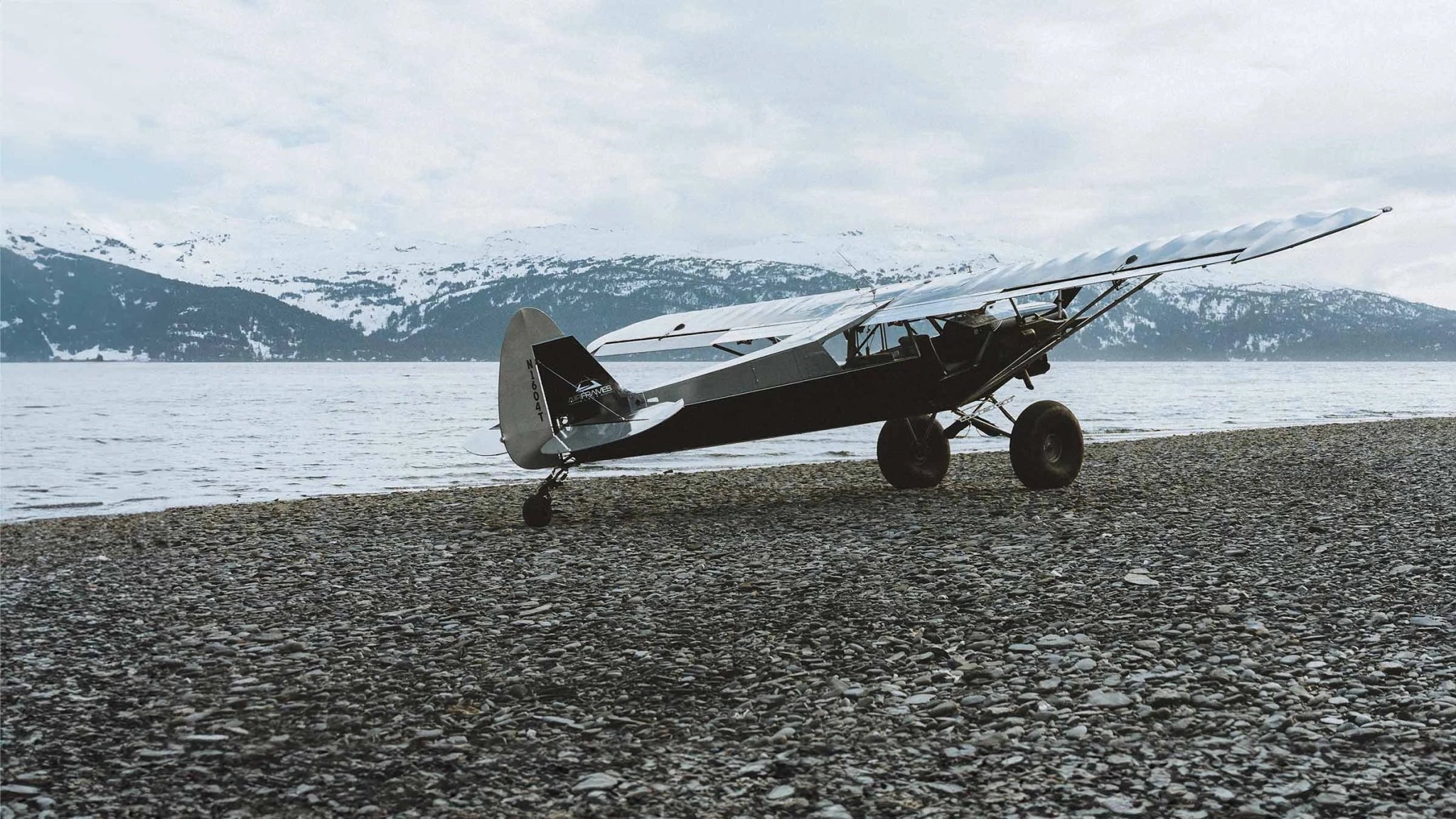
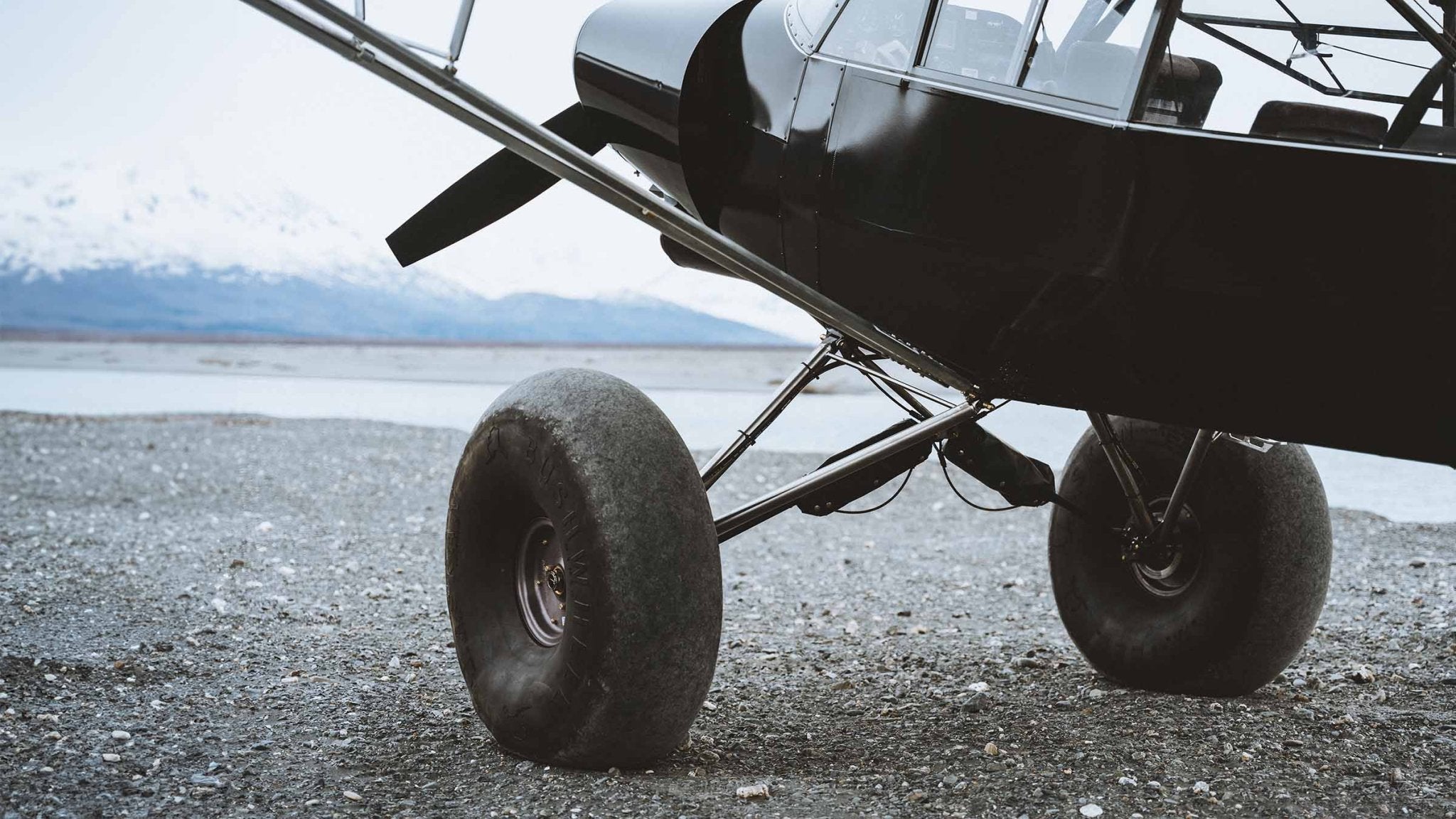
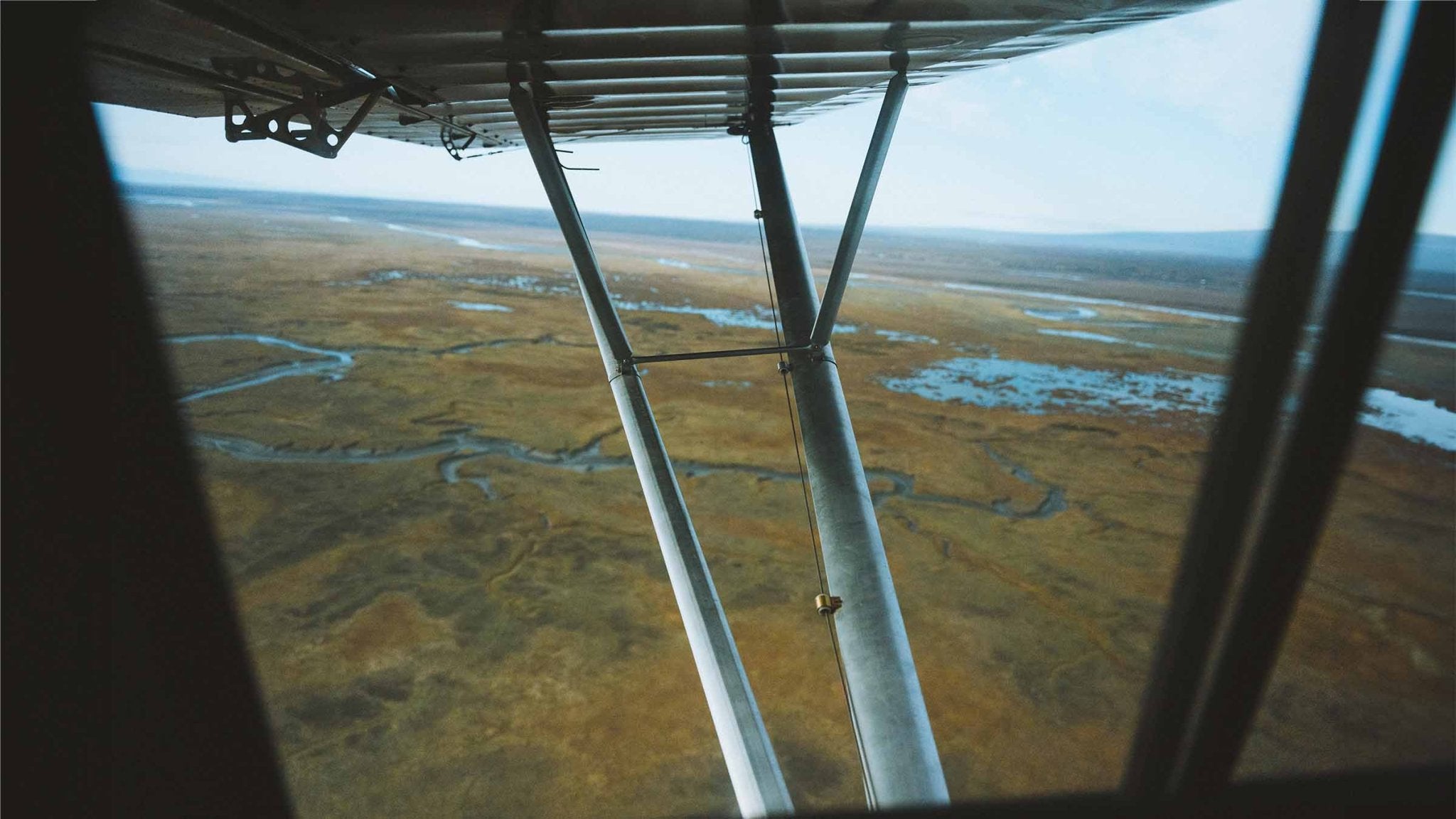
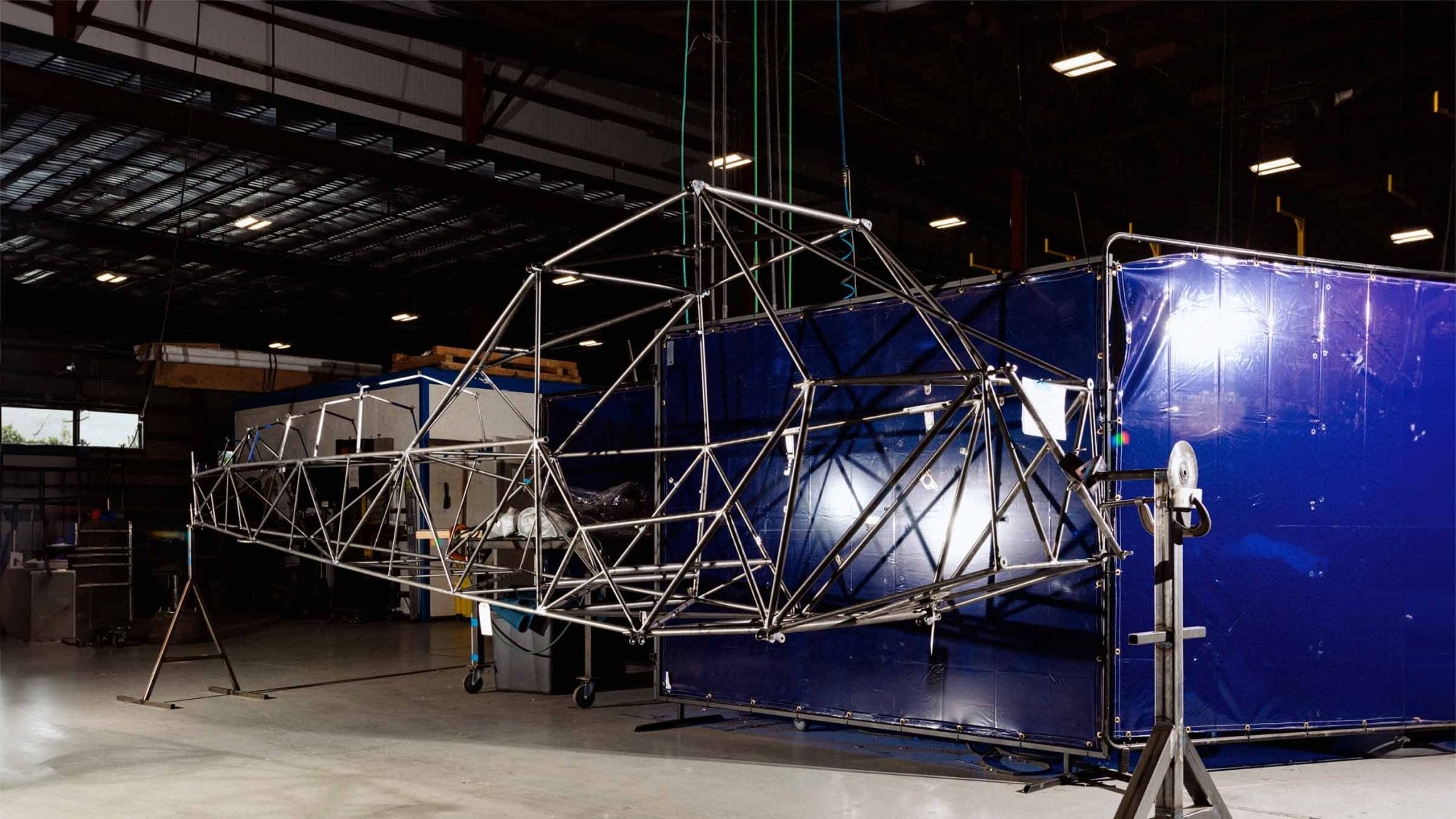


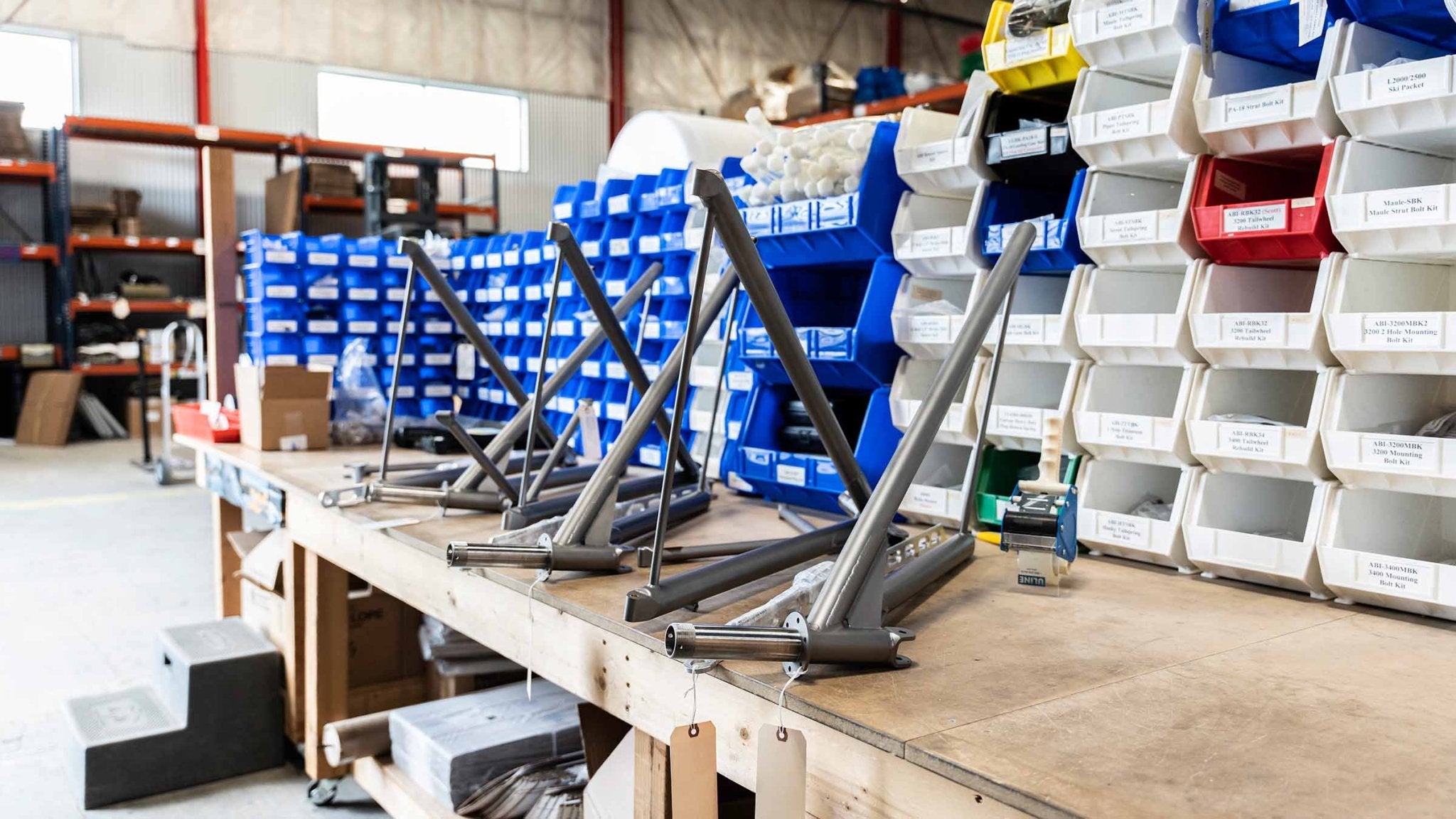
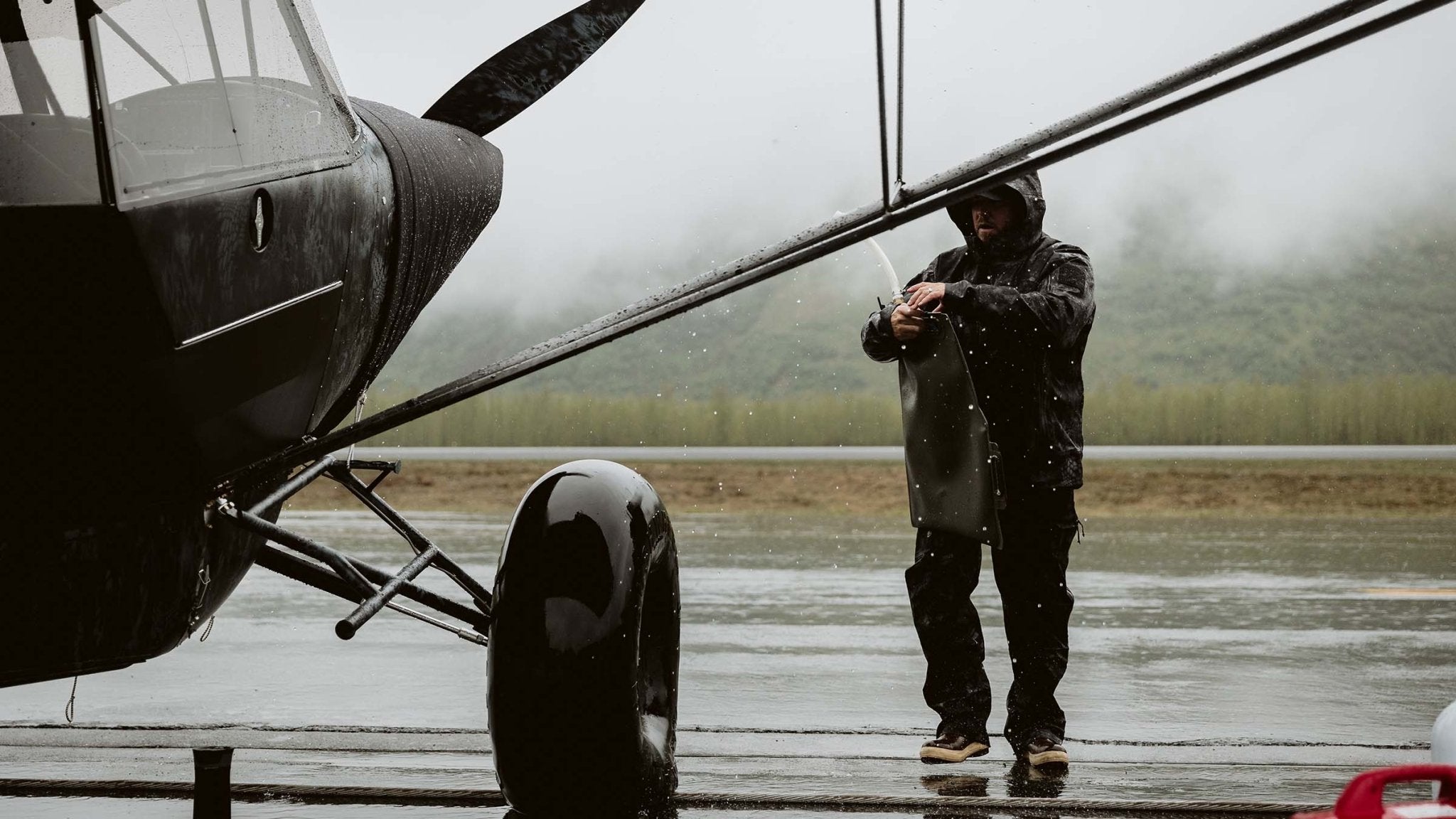


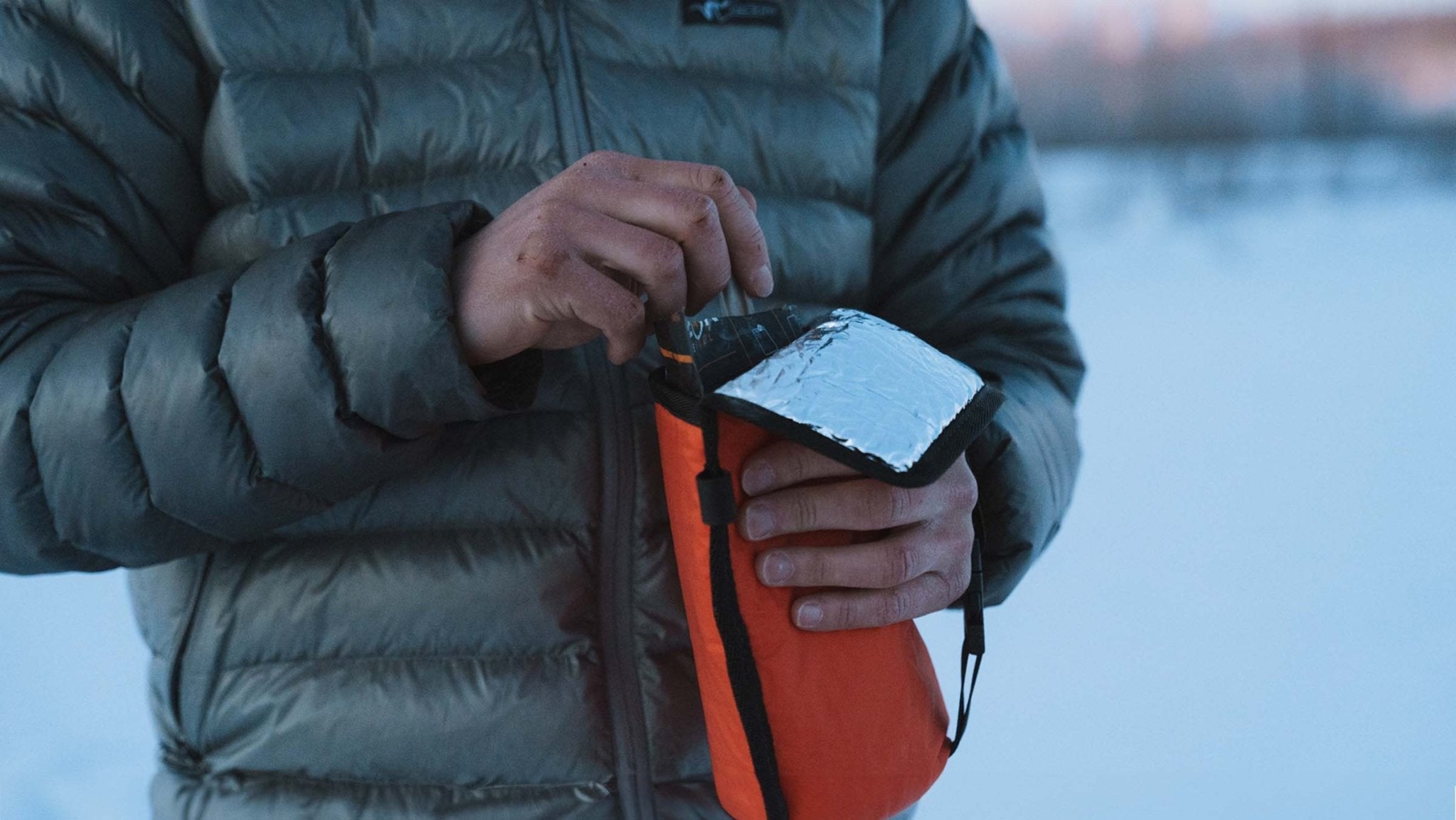
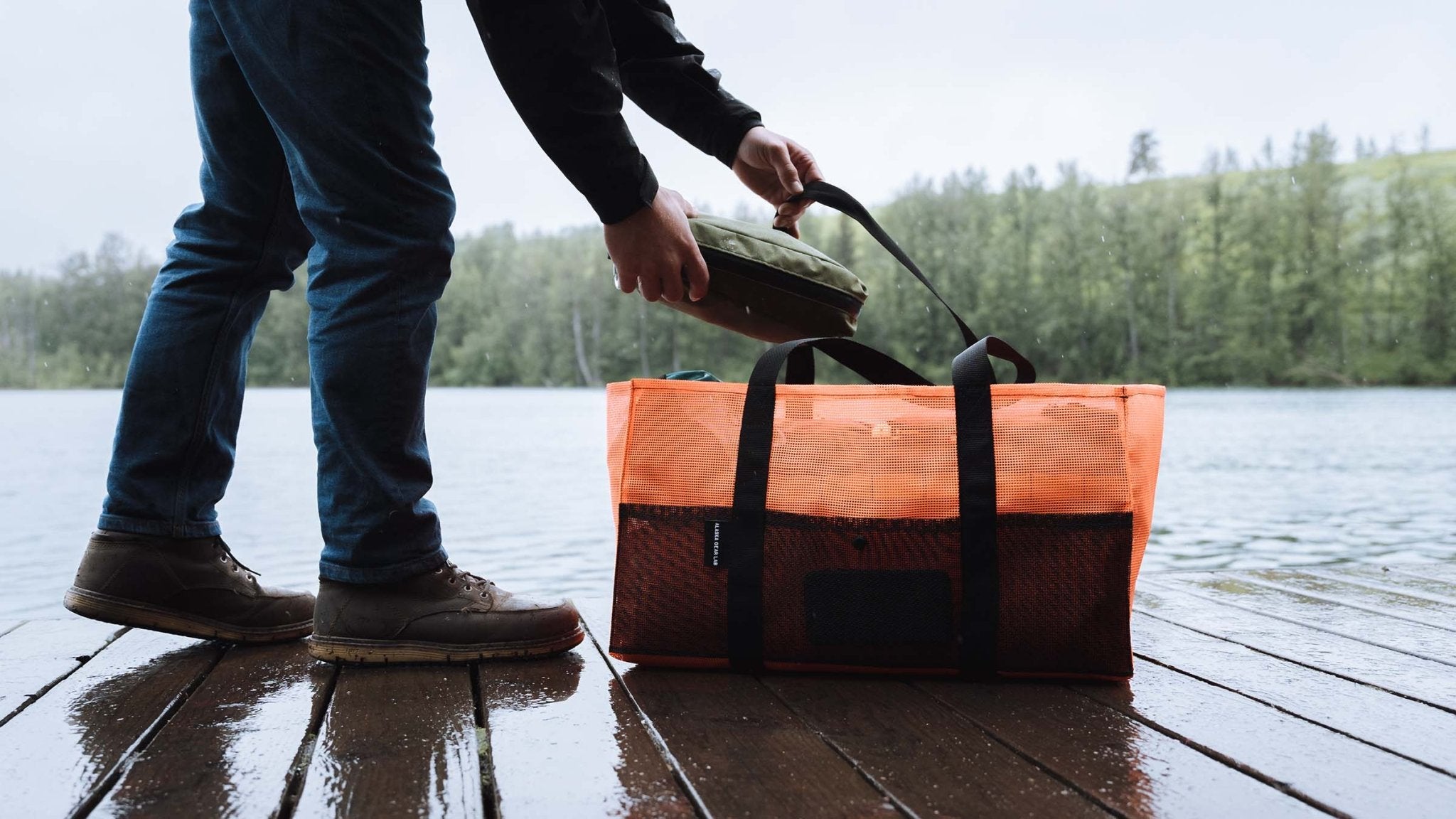
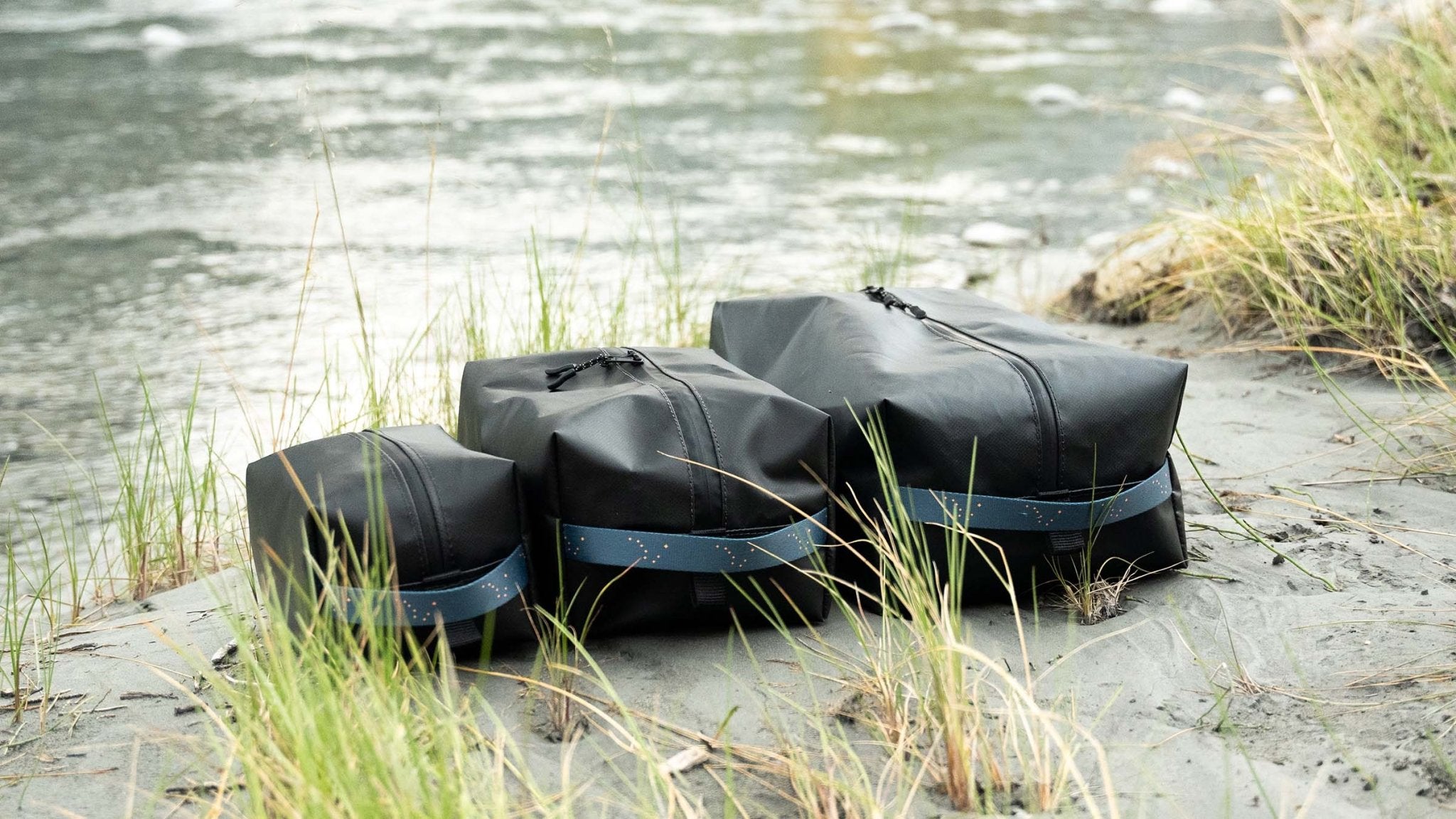
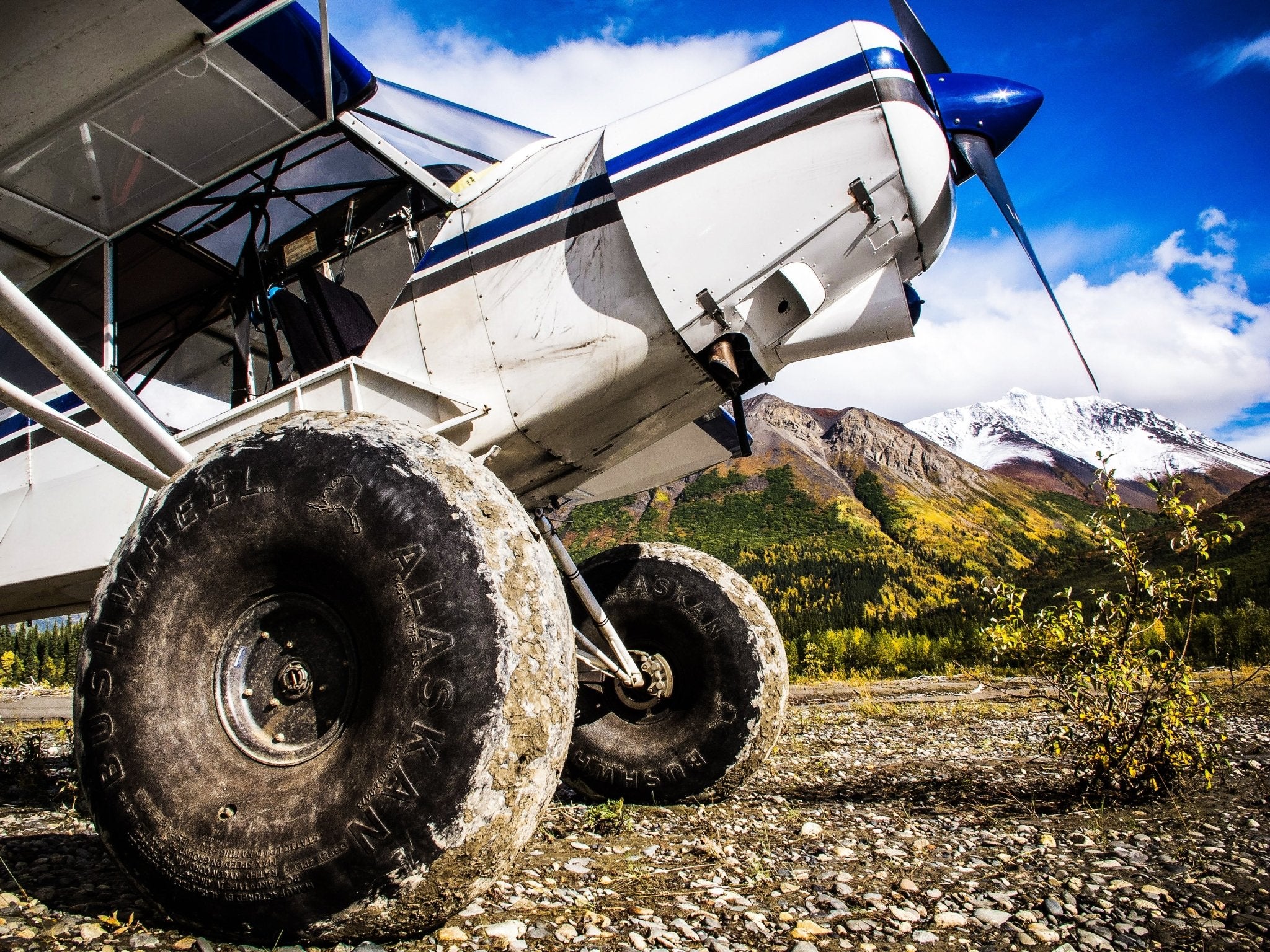

Leave a comment